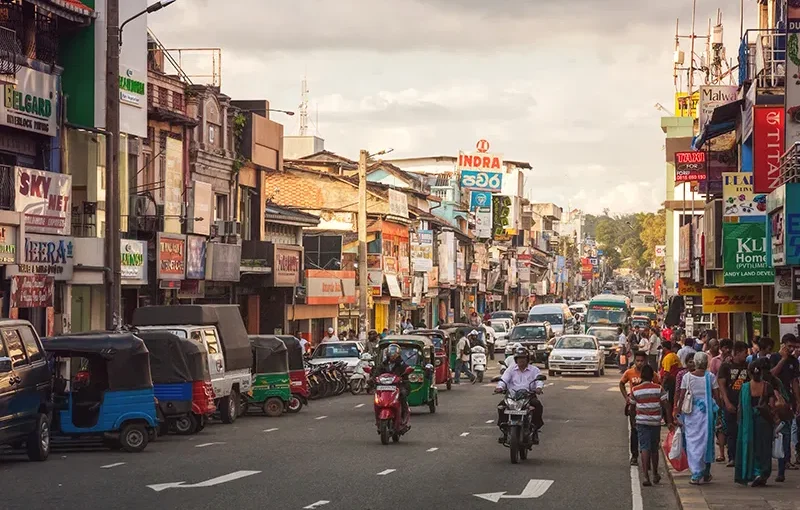Mumbai, Jan 11 (Reuters Breakingviews) – Sri Lanka is the poster child for China’s so-called “debt trap diplomacy”, so asking Beijing for easier repayment terms looks logical amid a worsening financial crisis. Other options for President Gotabaya Rajapaksa may be to seek disjointed funding support from India and others or another bailout from the International Monetary Fund that will force austerity onto a pandemic-weary population. But cash-strapped Colombo may be better served by its first overseas sovereign debt default.
China is cast in the West as the country’s primary debt villain. That’s been the case since 2017, when a strategically located port in Hambantota went to a Chinese state firm under a 99-year lease as part of controversial debt-for-equity swap. But while the People’s Republic has grown rapidly as a creditor to the government, China officially accounts for just 10% of Sri Lanka’s external debt stock – on par with Japan, per finance ministry data.
Dues to money managers on Wall Street and beyond are a bigger problem, though. Market borrowings accounted for 47% of Sri Lanka’s $35 billion overseas debt as of April. Of this year’s $4.5 billion foreign debt service bill, more than half relates to U.S. dollar bonds. But the pandemic has shuttered the island’s tourism industry and a full recovery in visitor numbers isn’t likely anytime soon either. A March 2030 note paying a pinching 7.55% coupon currently trades at 50 cents on the dollar.
Indeed, officials are fighting a losing battle. Foreign currency reserves were at $3.1 billion as of December, hastily propped up by a currency swap from China. But Sri Lanka will have to repay a $500 million U.S. dollar bond due on January 18 plus another $1 billion in July. Obligations through to 2025 are piled high too.
Meanwhile, tight finances and the resulting delays to shipments of essential items have left Sri Lankans grappling with double-digit price rises and shortages of everything from energy to food. That’s worsening the government’s steep domestic revenue shortfall.
At this stage in its crisis, a sovereign default might be less harsh than abruptly paring government spending. It would ensure top creditors share the pain at the cost of locking the country out of international capital markets. That will be an opportunity for Sri Lanka to kick an overseas debt addition that’s as worrying as its growing dependence on China.
CONTEXT NEWS
– Sri Lanka’s President Gotabaya Rajapaksa asked China to help restructure debt repayments as part of efforts to help the South Asian country weather a worsening financial crisis, his office said in a statement on Jan. 9.
– “The president pointed out that it would be a great relief to the country if attention could be paid on restructuring the debt repayments as a solution to the economic crisis that has arisen in the face of the Covid-19 pandemic,” Rajapaksa’s office said. He made the request during a meeting with Chinese Foreign Minister Wang Yi in Colombo.
– Rajapaksa also requested China to provide “concessional terms” for its exports to Sri Lanka, which amounted to about $3.5 billion in 2020, the statement said, without elaborating, as well as allowing Chinese tourists to return to Sri Lanka.
– Sri Lanka owes $4.5 billion in debt repayments this year starting with a $500 million U.S. dollar bond maturing on Jan. 18. A $1.5 billion currency swap from China helped the island boost its reserves to $3.1 billion at the end of December.
– By Una Galani
Source: NewsAsia


